
Group Members

Postdoctoral Researchers

Abdallah M. Zeid, Ph.D. Analytical Chemistry 2017, Mansoura University. Neuropeptides and peptide hormones have a great role in communication between cells, acting as neurotransmitters and neuromodulators. Therefore, in vivo analysis of neuropeptides in the brain could efficiently participate in understanding many neurological disorders such as epilepsy, schizophrenia, Parkinson’s disease, and neuropathic pain. My project focuses on understanding the mechanism of certain neurological disorders via ultrasensitive LC-MS in vivo determination of neuropeptides and their metabolites in the brain using a novel microfluidic-based microdialysis probe. Sensitivity enhancement and recovery improvement of the target analytes in the microdialysate samples are among the main aims of the current project.
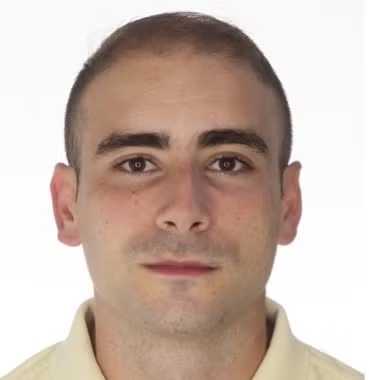
Emmanouil Mavrakis, PhD in Chemistry, University of Crete. Droplet microfluidics coupled to mass spectrometry (MS) constitutes a powerful bioanalytical platform offering high-throughput and label-free analyte detection, as well as capabilities for cell sorting. For these merits, it is particularly advantageous in enzyme engineering which requires screening the activity of millions of enzyme variants. Recent advances in droplet microfluidic-MS have paved the way for mass-activated droplet sorting, allowing for discriminating enzymes or cells in terms of their production yields. This is particularly useful in a first round of variant screening. My work aims to further advance microfluidic-MS methods allowing for the isolation and recovery of variants from a first round of screening in order to streamline the enzyme engineering steps (i.e., conducting secondary screens or matching activity with sequence) required to produce the next library of variants.
Graduate Students

Thomas White, B.S. Mechanical Engineering 2016, Central Michigan University. Microfabrication has paved the way for technologies such as CMOS circuits and MEMS devices with micron to nanometer scale dimensions. These same methods allowed our lab to design microdialysis and push- pull perfusion probes with over ten-fold smaller cross-sectional areas than those typically employed during in vivo neuroscience studies. My project continues the development of these sampling probe designs in order to integrate useful features such as optogenetics capabilities, flow segmentation, and drug delivery, while maintaining compatibility with current analytical chemistry methods.

Gillian Robbins, B.S., M.S., Microbiology and Cell Science, Chemistry, Oceanography 2010. Mass Spectrometry is a necessary tool for label-free biological detection and quantification. My project improves sample detection by mass spectrometry through segmented flow, from engineered droplet microfluidic devices that remove complex matrices. The utilization of these droplet extraction systems will ultimately improve detection in high throughput screening and clinical assays, as well as other types of applications that require sample matrix removal.

Pavlo Popov, B.S. Biochemistry 2013, University of Minnesota. Neurochemical analysis is a integral part of understanding dynamics in the brain that dictate behavioral phenotypes. Metabolomic studies, in tandem with genomic and proteomic datasets, provide a broad picture of the chemistry that underlies the brain. We use microdialysis methods in vivo to study neurochemical modulation using LC-MS/MS. We hope to build tools to better understand the variation in neurochemical composition, and develop software to identify small molecules from complex mixtures.

Peter-Philip Booth, B.S. Chemistry and Environmental Science 2011, Roanoke College The Western blot is a powerful technique that can separate and detect low level proteins in complex biological samples. Unfortunately, the high specificity and sensitivity comes at a price: the method is time-consuming, high-cost, and requires experimenter expertise. My work looks at how technologies like capillary electrophoresis linked with piezoelectric inkjetting can ameliorate the difficulties with traditional Western blotting.

Hayley Herderschee, B.S. Chemistry, Gustavus Adolphus College, 2019. High Performance Liquid Chromatography (HPLC) is powerful separation tool that is essential to the analysis of complex mixtures. When coupled to a mass spectrometer (HPLC-MS), this powerful technique can be used to identify analytes of interest. I am particularly interested in using ultrahigh pressure liquid chromatography, which involves separations above 15,000 psi, for the analysis of intact proteins and biopharmaceutical drugs. By using pressures above 15,000 psi, longer column lengths and smaller particle diameters can be used, allowing us to achieve more efficient separations. I hope to pioneer the space of ultrahigh pressure reverse phase and anion exchange separation for intact proteins and biologics.

Devin Makey, B.A. Chemistry, Gustavus Adolphus College, 2020. Neuropeptides are a large and diverse group of cell-to-cell signaling molecules that are involved in many physiological and behavioral processes, such as feeding, pain, anxiety, growth, memory, and circadian rhythms. The analysis of neuropeptides can advance our knowledge of their roles within the nervous system and offer therapeutic targets for the treatment of neurological disorders. My work focuses on developing a method using high-performance liquid chromatography coupled with ion mobility-mass spectrometry to separate and quantify neuropeptides in complex biological samples.
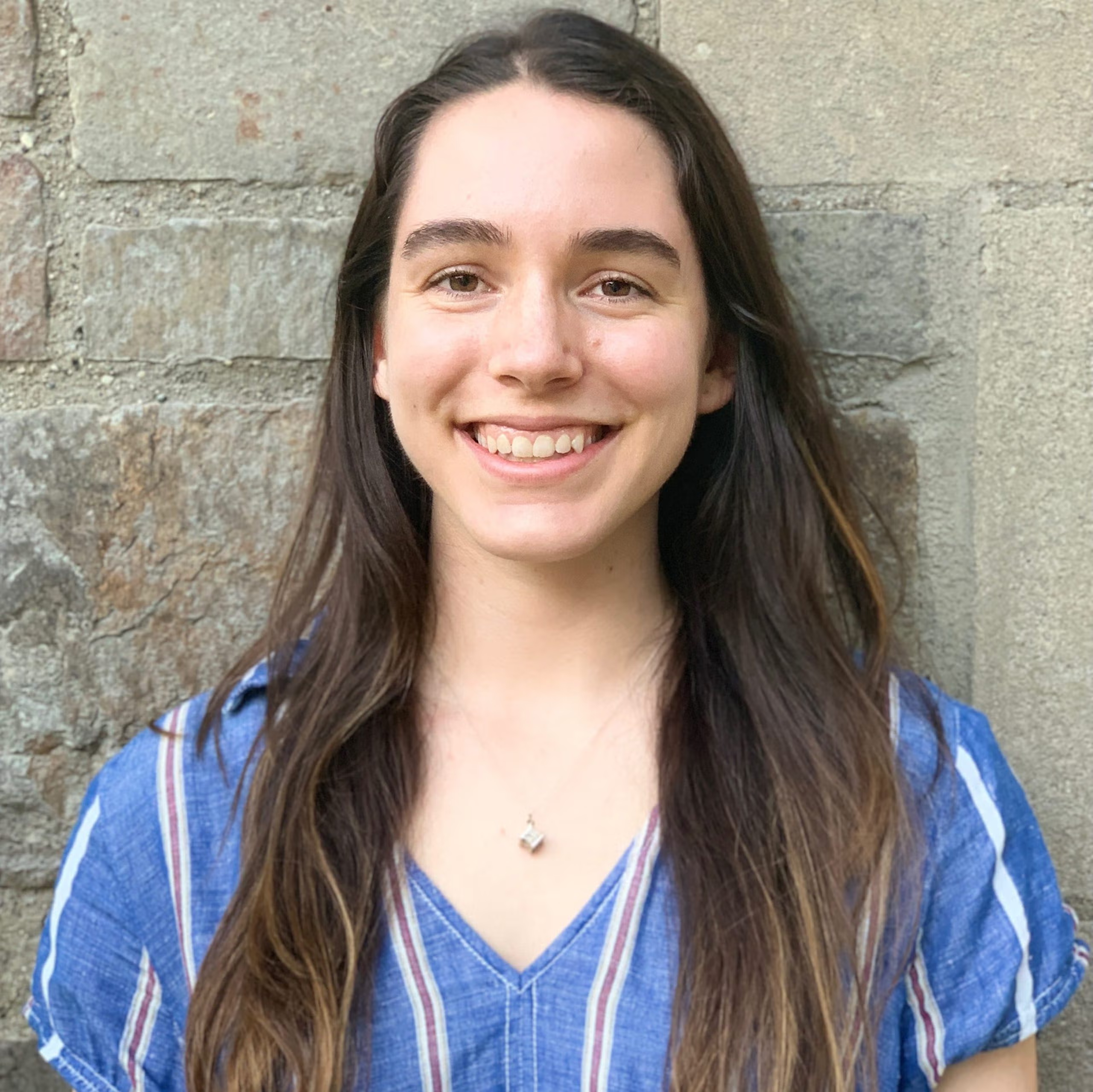
Bridget Murray, B.S. Chemistry, University of Pittsburgh, 2020. Directed evolution is a powerful methodology that allows the researcher to alter the performance of an enzyme through random mutation and subsequent selection for high activity variants. The selection process is critical but time-consuming – reducing the time associated with this process presents an interesting analytical challenge. Microfluidics is well-suited to address this challenge as it reduces cost and increases analysis rate relative to traditional screening techniques. My research focuses on using microfluidics and mass spectrometry for high-throughput screening of directed evolution variants.

Yue Xin, B.A. Chemistry, Jilin University, 2021. High throughput experimentation (HTE) in organic synthesis may allow testing thousands of reactions in a day with a reduced scale which saves our time, labor, and substrates in a limited supply, especially in the early stage of drug discovery. The implementation of HTE using droplet microfluidics will theoretically achieve unlimited tests of tens of thousands of reactant combinations with little material consumption and human labor. The droplet microfluidics method can also be used to improve the sample injection efficiency of UHPLC by replacing the traditional autosampler which has an issue of long cycle time. Therefore, the overall LC performance will depend on the chromatographic run instead of sample injection.
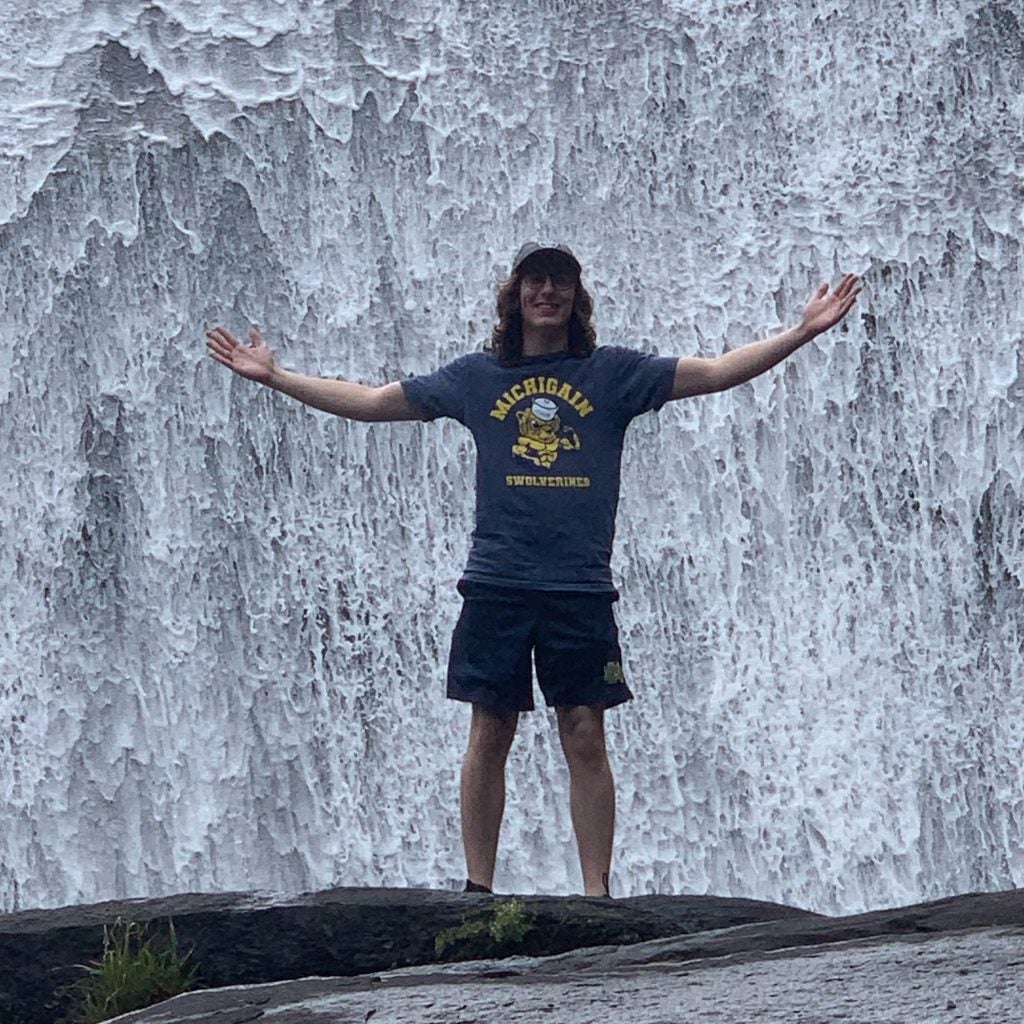
Ian Bain, B.S. Chemistry and Mathematics, University of South Carolina, 2021. Measuring neurochemical dynamics is essential to furthering our understanding of the brain. Ideal neurochemical measurements must be sensitive, and fast enough to capture the speed of neurochemical changes. My work focuses on utilizing mass spectrometry coupled with microfluidics to create a sensitive, multiplexed, and high temporal resolution screening method for compounds in the brain.
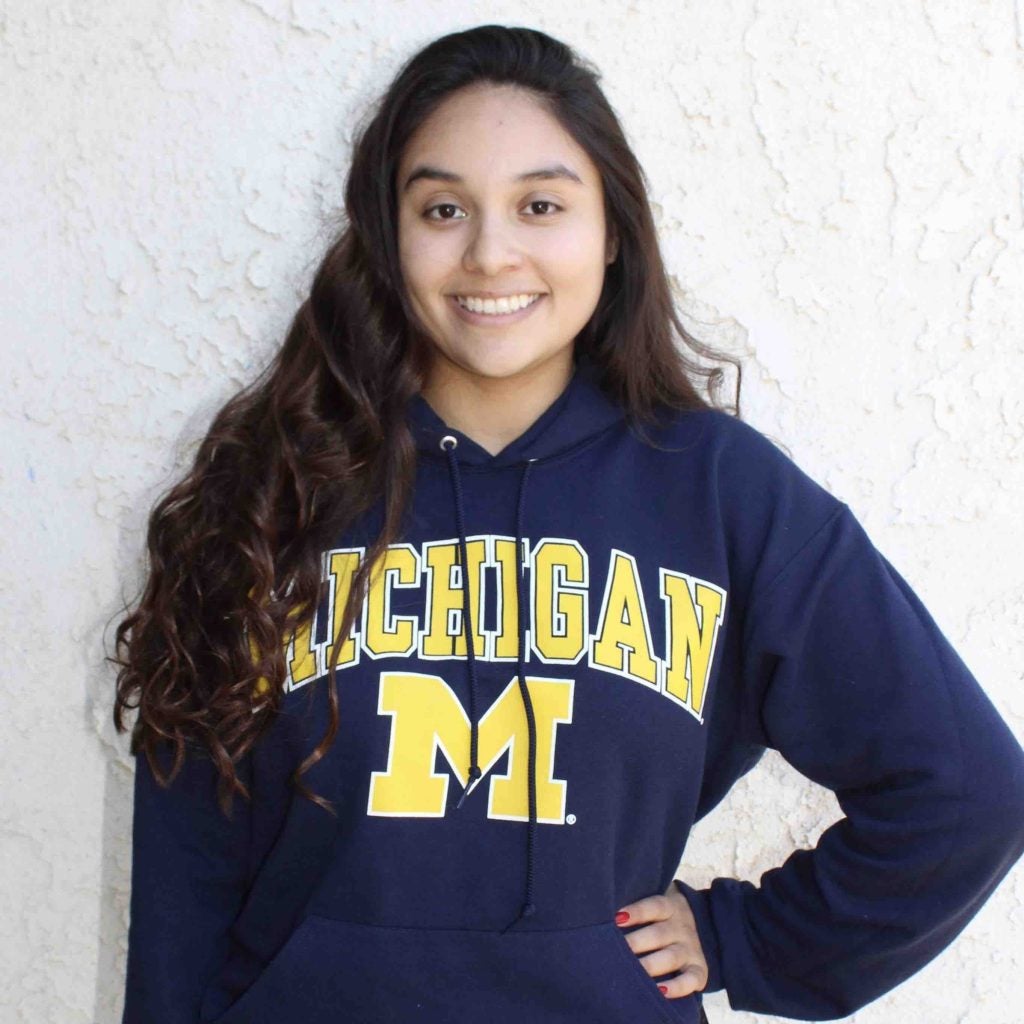
Brianna Ramos, B.S. Biology, California State University Channel Islands, 2021. Neurotransmitters are metabolites known to be able to communicate between neurons in the brain. Neurochemical characterization is a fundamental part of being able to monitor neurotransmitter changes in the brain that elicit various behavioral phenotypes. Therefore, metabolomic studies provide a broad picture of the chemistry composition that underlies the brain and its neural circuitry. I plan to use both microdialysis methods in vivo and a novel method developed from this lab based on LC-MS/MS that utilizes benzoyl chloride labeling. This labeling approach will improve retention on reversed-phase LC, sensitivity by 10-1500 fold, depending on the compound, and quantify using 13C-BzCl to make internal standards. We do this because neurotransmitters have various identities as well as different psychochemical properties. My goal is to unveil the baseline neurochemical profiles for multiple brain regions associated with decision-based behavioral responses and improve sensitivity of the neurochemical output signals detected.
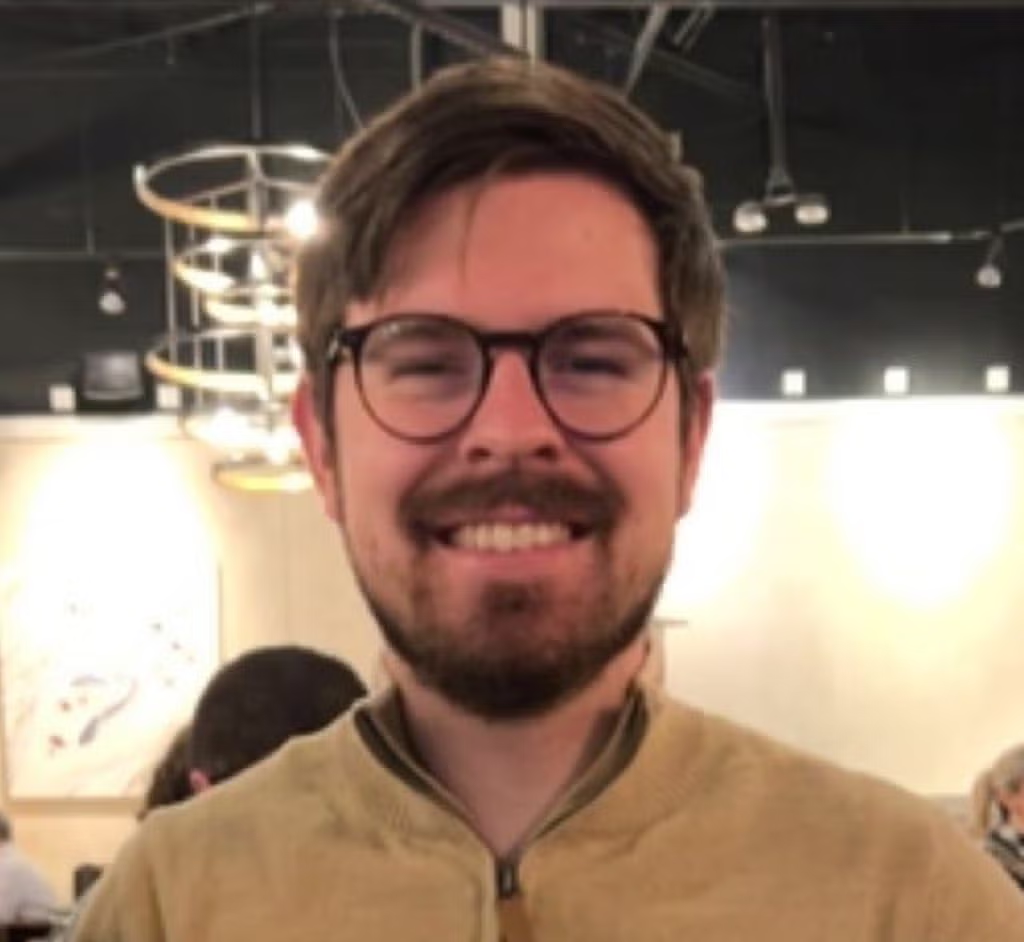
Tate Hancock, B.A. Chemistry and Biochemistry, Augustana College, 2022. Liquid chromatography coupled with mass spectrometry (LC-MS) is an essential technique for separation and analysis of complex mixtures. Current efforts for performing more efficient separations have been to use long capillary columns packed with sub 2 micron particles, which require separation pressures in excess of 15,000 psi to operate. My project involves modifying our custom ultra-high pressure liquid chromatography (UHPLC) system to achieve unrivaled separation performance with capillary columns for omics based applications.
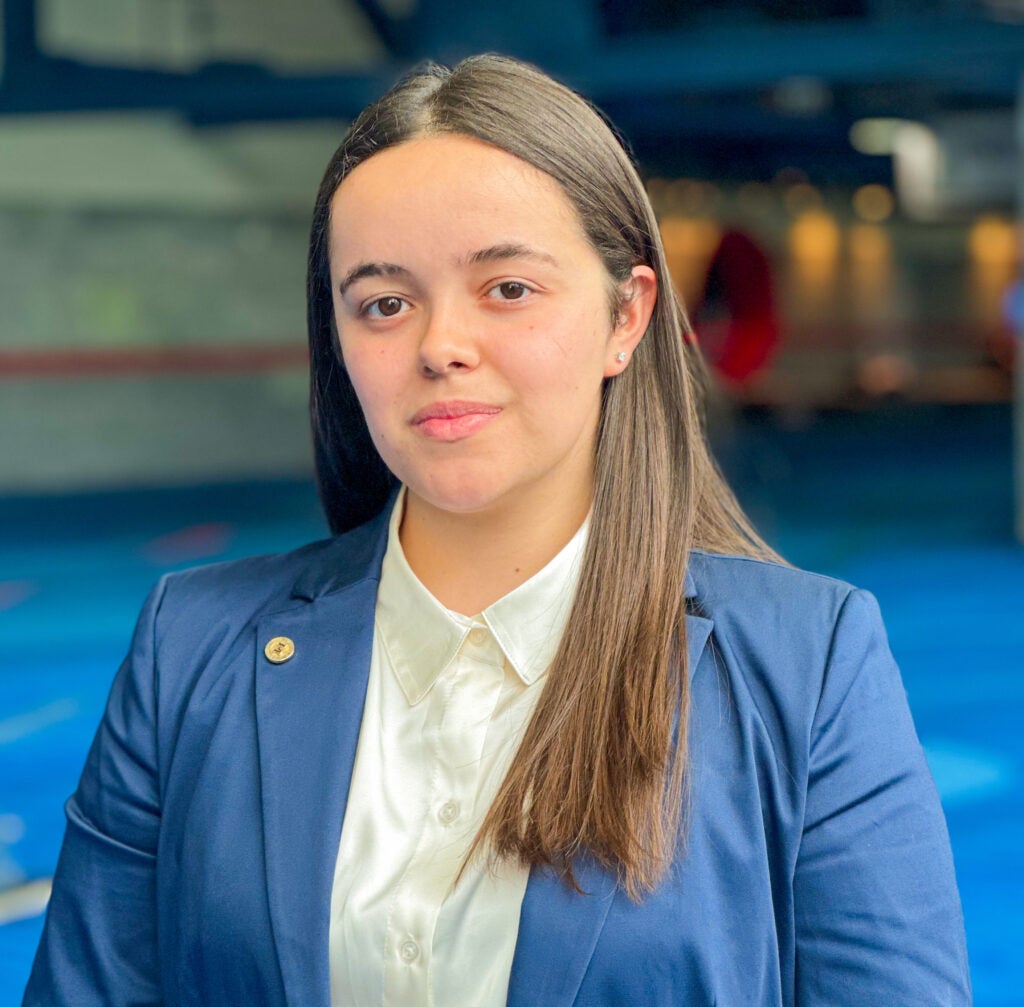
Laura Penabad, B.S. Chemistry 2022 University of Puerto Rico. Droplet microfluidics coupled to mass spectrometry (droplet MS) allows us to obtain data rich high-throughput screening of synthetic reactions. My thesis focuses on developing coupling platforms between microfluidics and ion mobility mass spectrometry to carry out high throughput screening. The main application of this coupling is to screen for structural isomers of products from bioengineered syntheses-refining, resulting in the obtention of both a CCS and m/z value per the product of interest. In combination with this, my project involves developing methods of droplet generation and manipulation to further expand the applicability of droplet microfluidics in earlier stages of the screening process, such as sample isolation, identification, and incubation.

Kaley Simcox, B.S. Chemistry 2022, Appalachian State University. RNA modifications have the ability to alter every stage of the RNA life cycle including translation, stability, and splicing; thus, knowing what modifications exist and where they are located within an RNA is crucial to understand their role within the cell. These chemical modifications are still being discovered today, but these methods are low-throughput and lack structural information. I plan to use LC-MS/MS to identify unknown tRNA modifications and sequence them within complex tRNA mixtures. This will enable downstream analyses to elucidate the molecular level consequences of the RNA modification landscape.

Riley Stegmaier, B.S. Chemistry 2023, University of Kansas. Liquid Chromatography is a powerful technique for probing various molecular properties. This ability is especially useful in the field of polymer chemistry, where new materials are being designed to fit specific needs, such as biodegradability. These materials are often complex mixtures that contain a distribution of molecular weights and chemical compositions. These distributions can be understood through the analysis of retention behavior on various LC stationary phases. A greater understanding of a material’s property distributions can be uncovered using multiple separation mechanisms in two-dimensional liquid chromatography. Through the development of these challenging separations, a greater understanding of material degradation will be gained so that properties can be tuned to ensure suitable biodegradation.
Graduate Rotation Students
Email rtkenn(at)umich(dot)edu to ask about rotating with us!
| Name | Rotation Topic |
|---|---|
| Max Unger | Enzyme Evolution |
| Thomas Knecht | HPLC |
| Bella Antczak | Neurochemical Sampling |
| Tyler Somerville | HPLC |
Undergraduates
| Name | Major |
|---|---|
| Nick Oliver | Chemistry |
Former Group Members
| Name | Position |
|---|---|
| Dr. Brady Anderson | 3M, Maplewood, MN |
| Dr. Gwendolyn Anderson | |
| Dr. Natalie Arvin | NanoTemper Technologies, Cambridge, MA |
| Dr. Mahmoud El Azzouny | Nutcracker Therapeutics, Santa Clara, CA |
| Dr. Craig Aspinwall | University of Arizona, Tucson, AZ |
| Dr. Michael Bowser | University of Minnesota, Minneapolis, MN |
| Dr. Brendan Boyd | Eastman Chemical, Kingsport, TN |
| Dr. Sunday Brooks | Eli Lilly, Indianapolis, IN |
| Dr. Danielle Buchanan | Procter and Gamble, Mason, OH |
| Dr. Scott Burns | U.S. Naval Research Laboratory, Washington, DC |
| Dr. Nicholas Cellar | Abbott Nutrition, Columbus, OH |
| Dr. David Cepeda | Wayne State University, Detroit, MI |
| Dr. Claire Chisolm | Pharmacopeia, Rockville, MD |
| Dr. Cynthia Cipolla | Benchling, Raleigh, NC |
| Dr. Anna Clark | Dow Chemical, Midland, MI |
| Dr. Jennifer Cunliffe | Novartis, Cambridge, MA |
| Dr. Laura Cole | University of Wisconsin at Stevens Point, Stevens Point, WI |
| Megan Connolly | University of Michigan, Ann Arbor, MI |
| Dr. Gabriella Dahlgren | Janssen Pharmaceutical, Titusville, NJ |
| Dr. Cara D’Amico | Bristol Myers Squibb, New Brunswick, NJ |
| Dr. Mohamed Dawod | IGM Biosciences, Inc., Doylestown, PA |
| Dr. Kennon Deal | Abraham Baldwin Agricultural College, GA |
| Dr. Qing Deng | Epix Medical, Inc., Boston, MA |
| Dr. John Dishinger | University of Michigan, Ann Arbor, MI |
| Dr. Colleen Dugan | GlaxoSmithKline, Collegeville, PA |
| Dr. James Edwards | Saint Louis University, St. Louis, MO |
| Dr. Charles Evans | Department of Internal Medicine, University of Michigan, Ann Arbor, MI |
| Dr. Jeremy Felton | University of Michigan, Ann Arbor, MI |
| Ms. Rebecca R. Foley | Los Alamos National Laboratory, NM |
| Dr. Hernan Fuentes | Gilead Sciences, Inc. Foster City, CA |
| Dr. Jennifer Furchack | Kalamazoo College, Kalamazoo, MI |
| Dr. Igor German | University of Florida, Gainesville, FL |
| Dr. Maojun Gong | Wichita State University, Wichita, KS |
| Dr. Waldemar Gorski | University of Texas at San Antonio, San Antonio, TX |
| Dr. James Grinias | Rowan University, Glassboro, NJ |
| Dr. Erik Guetschow | Cayman Chemical, Ann Arbor, MI |
| Dr. William Haskins | University of Texas Health Science Center, San Antonio, TX |
| Dr. Neil Hershey | Janssen, Malvern, PA |
| Dr. Daniel Holland-Moritz | Merck, Rahway, NJ |
| Dr. Lan Huang | University of California at Irvine, Irvine, CA |
| Dr. Emily Jameson | Vertex Pharmaceuticals, Cambridge, MA |
| Dr. Shi Jin | Vertex Pharmaceuticals, Boston, MA |
| Dr. Michelle Yoo Johnson | Zoetis, Kalamazoo, MI |
| Dr. Joshua Jones | Eli Lilly, Indianapolis, IN |
| Dr. Sung Kwon Jung | Bayer Corporation, Elkhart, IN |
| Dr. Lisa Kauri | Ottawa Health Research Institute, Ottawa, ON, Canada |
| Dr. Younsoo Kim | Northwestern University Lurie Children’s Hospital, Chicago, IL |
| Dr. Nobuhiro Kobayashi | Sankyo Co., LTD., Tokyo, Japan |
| Dr. Mark Lada | Minute Maid, Apopka, FL |
| Dr. Woong hee Lee | University of Michigan, MI |
| Dr. Ashley Lenhart | University of Illinois, IL |
| Dr. Qiang Li | Dow, Midland, MI |
| Dr. Matthew Lorenz | Gilead Sciences, San Diego, CA |
| Dr. Shusheng Lu | Nuro, Mountain View, CA |
| Dr. Omar Mabrouk | Biogen, Cambridge, MA |
| Dr. Paige Malec | Covance, Madison, WI |
| Dr. Jacinth McKenzie | Supelco-Sigma/Aldrich, Bellefonte, PA |
| Mr. Joseph Naese | Perkin Elmer, Philadelphia, PA |
| Dr. Kathryn Nesbitt | FIFA, Philadelphia, PA |
| Dr. Thitaphat Ngernsutivorakul | Thailand National Electronics and Computer Technology Center, Thailand |
| Dr. Jing Nie | Eastman, Kingsport, TN |
| Dr. Kerstin Nolkrantz | Procter and Gamble, Brussels, Belgium |
| Dr. Claire Ouimet | Regeneron Pharmaceuticals, Tarrytown, NY |
| Dr. Mark Parkin | King’s College London, London, England, UK |
| Dr. Amy Payeur (Porter) | Impact Analytical, Midland, MI |
| Dr. Emory Payne | Merck, West Point, PA |
| Dr. Rex Pei | Agensys, Los Angeles, CA |
| Dr. Maura Perry | BP, Chicago, IL |
| Dr. Jennifer Peters | University of Michigan, Ann Arbor, MI |
| Dr. Wejun Qian | Pacific Northwest National Laboratory, Richland, WA |
| Dr. Kendra Reid | University of Detroit Mercy, Detroit, MI |
| Dr. Michael Roper | Florida State University, Tallahassee, FL |
| Dr. Gregory Roman | Waters, Milford, MA |
| Dr. Chunhai Ruan | University of Michigan (Metabolomics Core), Ann Arbor, MI |
| Dr. Zechariah Sandlin | |
| Dr. Thomas Slaney | Bristol Myers Squibb, Bloomsbury, NJ |
| Dr. Nikki Starnes | Eastman Chemical, Kingsport, TN |
| Dr. Gabrielle Schaller | Switzerland |
| Dr. Kristin Schultz | FDA, Washington DC |
| Dr. Holly Shackman | Bristol Myers Squibb, New Brunswick, NJ |
| Dr. Jonathan Shackman | Bristol Myers Squibb, New Brunswick, NJ |
| Dr. Hong Shen | Sanofi aventis Inc., Bridgewater, NJ |
| Dr. Minshan Shou | Merck, Union, NJ |
| Dr. Peng Song | Eastman Chemical, Kingsport, TN |
| Dr. Matthew Sorensen | Eli Lilly, Indianapolis, IN |
| Dr. Daniel Steyer | GlaxoSmithKline, Collegeville, PA |
| Dr. Charina Paras-De Silva | United Laboratories Inc., Manila, Philippines |
| Dr. Shuwen Sun | Merck, Rahway, NJ |
| Dr. Li Tao | Bristol-Myers Squibb, NJ |
| Dr. Jonathan Thompson | University of Nebraska at Kearny, Kearney, NE |
| Dr. Alec C. Valenta | Thermo Fisher Scientific, Ann Arbor, MI |
| Dr. B. Jill Venton | University of Virginia, Charlottesville, VA |
| Dr. Beixi Wang | Bruker Daltonics, Billerica, MA |
| Dr. Meng Wang | University of Washington, Seattle, WA |
| Dr. Ziqiang Wang | Pfizer |
| Dr. Christopher Watson | University of Michigan, Ann Arbor, MI |
| Dr. Hui Wei | Bristol-Myers Squibb, NJ |
| Dr. Shane Wells | Amgen, Thousand Oaks, CA |
| Dr. Rebecca Whelan | University of Notre Dame, Notre Dame, IN |
| Dr. Steven Witowski | Microbia, Inc., Cambridge, MA |
| Dr. Jenny-Marie Wong | Thermo Fisher Scientific, Ann Arbor, MI |
| Dr. Peilin Yang | Dow Chemical, Midland, MI |
| Dr. Kelcie Zegalia | Eli Lilly, Indianapolis, IN |
| Dr. Alexandros Zestos | American University |
| Dr. Ting Zhang | Arizona State U. |
| Dr. Ying Zhou | Teva Pharmaceutical, PA |




You must be logged in to post a comment.